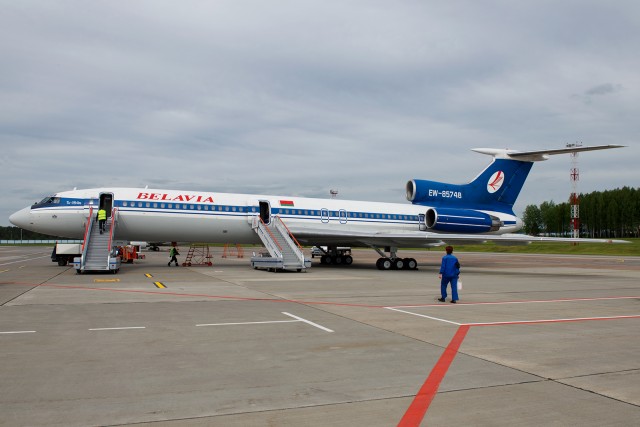
Our chariot, EW-85748, on the ground at Minsk National Airport – Photo : Bernie Leighton | AirlineReporter
From the [AR]vault: This story was originally published on June 8, 2015.
The Tupelov Tu-154 is a classic airliner that many AvGeeks admire, but unfortunately it will no longer be able to fly with-in continental Europe. I was lucky enough to snag a seat on the last flight, a Tu-154M on Belavia to Minsk (MSQ).
You see, many in Europe were getting upset with the rare Soloviev D-30 engine gracing their passenger airports. The noise and the environmental impact did not make many friends. It is too bad, because it’s not like the 737-800 is replacing the Tu-154M on a one-to-one basis with every airline operating them at a speed comparable to that of light anyway. Why even bother other than to make a point?
My friend, who happens to divide his time between Paris and Minsk, runs an aviation enthusiast tour company and asked if I wanted to join a group to give the Tu-154 a send-off from Europe. I packed my things and ended up in Geneva (GVA) on May 29th, 2015.
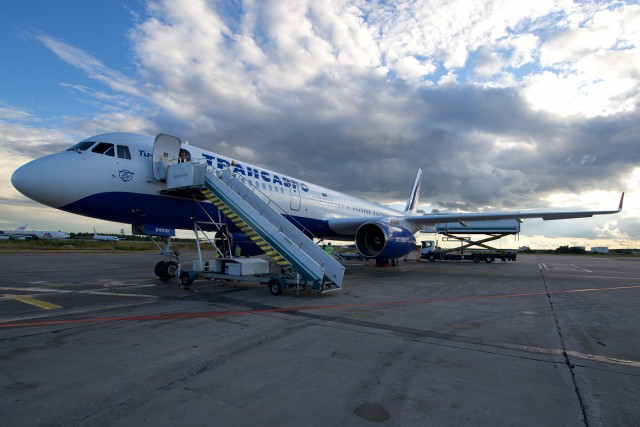
RA-64518 preparing for the long journey to Komsomolsk-na-Amure on the ramp at Moscow’s Domodedovo Airport – Photo: Bernie Leighton | AirlineReporter
Preface: As I was stepping off my flight onto a hard stand at Domodedovo, I learned that Aeroflot was purchasing Transaero. What that will mean for Transaero is unclear at this time. What I can assume, however, is that Aeroflot’s dislike of oddball fleet types puts Transaero’s three Tupolev Tu-214s in extreme danger and that makes me sad. It also made the fact that I have now flown on a Tu-214 that much more important. The things that I had to do to get that flight — they might cause the standard AvGeek to go mad!
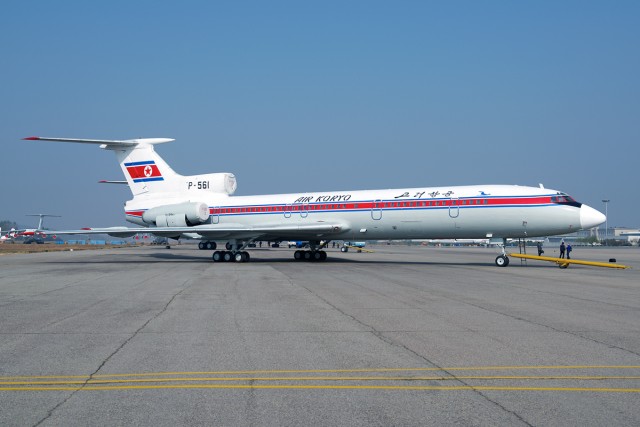
An Air Koryo Tu-154B-2 parked on the ramp at FNJ – Photo: Bernie Leighton | AirlineReporter
I have a strange and obsessive love for the Tupolev Tu-154. How obsessive, you ask? Well, take a look at my model cabinet. That’s right. I own every possible Tu-154 model out there. I even have a few custom ones on order.
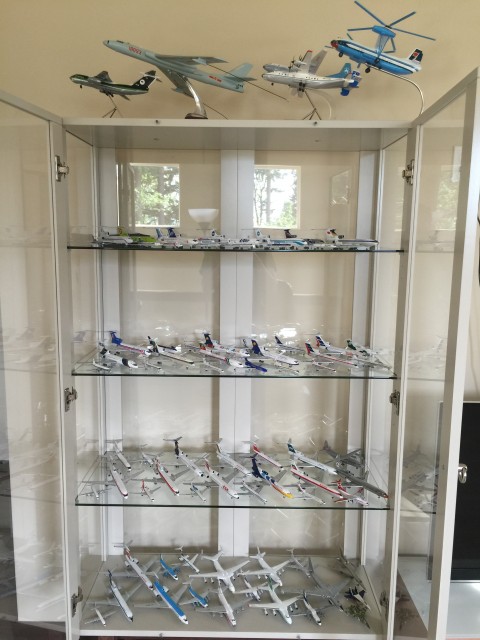
No one can say I don’t love the Tu-154 – Photo: Bernie Leighton | AirlineReporter
I seek out 154s to fly on; I have three lined up this year.
So, what makes this plane so awesome? Well, I was going to do an article last year about what it was like to fly on an 154M, but then Jacob flew on a better M on almost the same day. So we’ll have to wait for the 154Bs later this year (the older, rarer version of the 154).
Until then, let’s discuss the history of this aircraft.
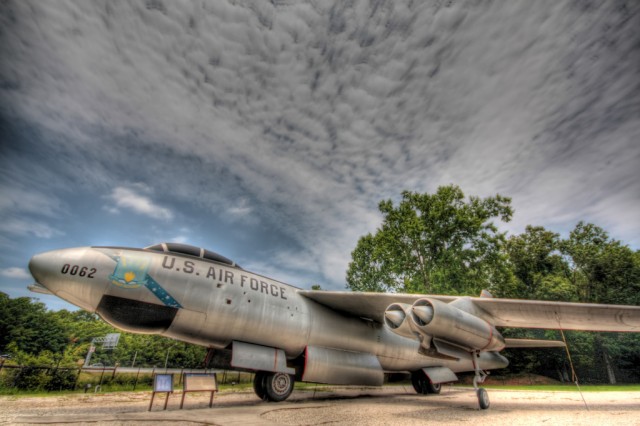
Boeing B-47 Stratojet – Photo: Ahren | Flickr CC
On December 17, 1947, Boeing’s B-47 Stratojet took to the skies. The era of the jet-bomber had commenced, and the Russians had nothing. Of course, it’s no question to those familiar with Soviet aviation politics of the era to assume who was given the order to directly counter the B-47. For those of you less familiar, it was Andrei Tupolev. Using the TsAGI (Central Aerohydrodynamic Institute) data that would later beget the creation of the Tu-95, Tupolev would create the wildly-successful Tu-16. This would have been sufficient if it was not immediately apparent that the Americans and the English were working on jet bombers with truly intercontinental range. Stalin demanded parity with the West by any means necessary.
What resulted was something rather surprising. His trusty servant Tupolev replied with something slightly more rude than “excuse me, I am busy working on the Tu-16 and the Tu-80 right now – I can’t work miracles.” Standing up to Stalin was, in general, a bad idea. So Stalin came back and offered to give this project “All Union” importance. Tupolev continued to turn him down. The real reason behind Tupolev’s refusal was that he simply did not trust the state of Soviet turbojet technology’s abilities to create a truly intercontinental bomber. Fast way to an early retirement in Crimea, for most.
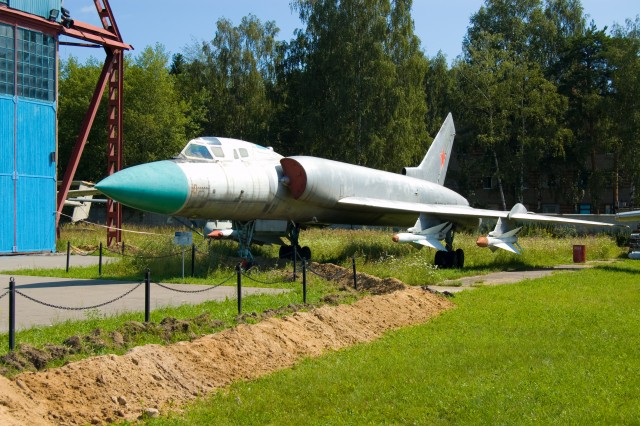
A Tu-128 at the Central Aviation Museum of Russia – Photo: Maarten Dirkse
Before I get into the aircraft I want to discuss today, there is an important matter of Soviet Military organization that I see misconstrued often. During the Soviet times, the VVS (Voyenno-Vozdushnye Sily or Military Air Force) was not responsible for matters of air defense.
This was the auspice of the PVO, sometimes also abbreviated as V-PVO (or sometimes PVO strany). PVO is a Russian abbreviation that literal translates to anti-air defense; strany is Russian for country (sometimes nation). So PVO strany was responsible for the anti-air defense of the nation. They were considered the third-most important branch of the Soviet Armed Forces (behind the RVSN and Ground Forces). While the PVO was merged into the VVS in 1998, their legacy lives on; Air Defense Day is celebrated on the second Sunday of every April.
This, if it was not obvious yet, is a story about an aircraft that served with the PVO. Some would say, the most unusual of them as well.





